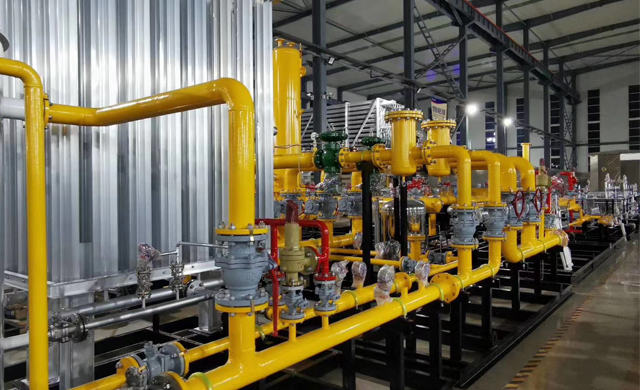
Nov . 25, 2024 11:03
Back to list
Innovative Solutions for Efficient Electric Valve Operation in Industrial Applications
Understanding Electric Valves An Essential Component in Modern Automation
Electric valves are pivotal components in various industrial applications, facilitating seamless control of fluid flow in pipelines. These electrically operated devices are essential in modern automation systems due to their precision, reliability, and efficiency. This article delves into the workings, applications, and advantages of electric valves, highlighting their significance in today’s technological landscape.
At its core, an electric valve combines a valve body, which regulates the flow of liquids and gases, with an electric actuator that opens or closes the valve based on electrical signals. This integration allows for remote operation and automated control, making electric valves ideal for applications that require precise flow management. The actuator typically consists of a motor that converts electrical energy into mechanical movement, enabling the valve to operate smoothly and efficiently.
One of the primary advantages of electric valves is their ability to provide accurate control over flow rates
. This is particularly crucial in industries such as pharmaceuticals and food processing, where maintaining specific flow conditions is necessary to ensure product quality and compliance with regulations. Additionally, electric valves can be easily integrated into computerized systems, allowing for real-time monitoring and adjustments that enhance operational efficiency.electric valve

Electric valves are widely employed across various sectors, including water treatment, HVAC systems, oil and gas, and manufacturing. In water treatment facilities, for instance, electric valves help regulate the flow of chemicals used for purification, ensuring that water meets safety standards. In HVAC systems, they control the flow of air and refrigerants, contributing to energy efficiency and effective climate control in buildings. In oil and gas, electric valves play a critical role in managing the flow of hydrocarbons, ensuring safe and efficient operations in challenging environments.
Moreover, the reliability of electric valves contributes significantly to their appeal. Unlike manual valves, which require human intervention, electric valves can operate autonomously, reducing the risk of human error and enhancing safety. Additionally, advances in technology have led to the development of smart electric valves that can perform diagnostics, providing valuable feedback on their operational status, thus minimizing downtime and maintenance costs.
Another key benefit of electric valves is their versatility. They come in various configurations, including gate, globe, ball, and butterfly valves, allowing them to be tailored to meet specific application requirements. Manufacturers also offer valves with varying power supplies and features, such as fail-safe mechanisms, which ensure that the valve returns to a predefined position in the event of a power failure.
In conclusion, electric valves are indispensable components in modern automation, serving critical functions across diverse industries. Their ability to provide precise control, reliability, and adaptability makes them an essential choice for engineers and operators alike. As industries continue to evolve and embrace automation, the significance of electric valves will only grow, contributing to enhanced efficiency, safety, and sustainability in operations worldwide. As we look to the future, understanding and maximizing the potential of electric valves will remain a key priority for businesses aiming to leverage technology in their processes.
Next:
Latest news
-
Safety Valve Spring-Loaded Design Overpressure ProtectionNewsJul.25,2025
-
Precision Voltage Regulator AC5 Accuracy Grade PerformanceNewsJul.25,2025
-
Natural Gas Pressure Regulating Skid Industrial Pipeline ApplicationsNewsJul.25,2025
-
Natural Gas Filter Stainless Steel Mesh Element DesignNewsJul.25,2025
-
Gas Pressure Regulator Valve Direct-Acting Spring-Loaded DesignNewsJul.25,2025
-
Decompression Equipment Multi-Stage Heat Exchange System DesignNewsJul.25,2025

